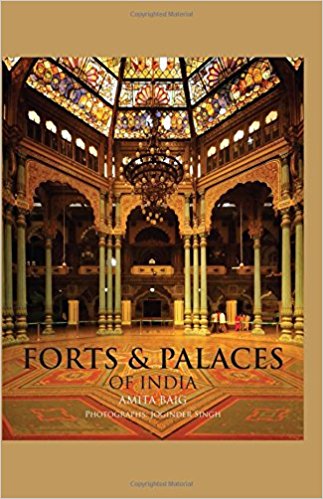Forts and palaces in India are increasingly becoming a cultural reference for the concerned regions and communities of the country. They are also a new source of income for their private owners (be they the descendants of the erstwhile princely families or more recent owners) or for the different states considering the increase of tourism in India for the last number of years, and its expected growth in the coming ten years. Hence the number of recent books usually well written and richly illustrated, like the Rajput Palaces by G.H.R.Tillotson (1999), becoming the source of a new, regenerated approach to this old history of princely architecture and military traditions.
Bindu Manchanda’s Forts & Palaces of India tries to encapsulate in a few pages and many beautiful illustrations the essence of imperial, royal and feudal India from its earliest time (6th -10th centuries in the case of Mandu) until the eve of the Independence of India (the Umaid Bhawan of Jodhpur, started in 1929 and completed in 1944).

